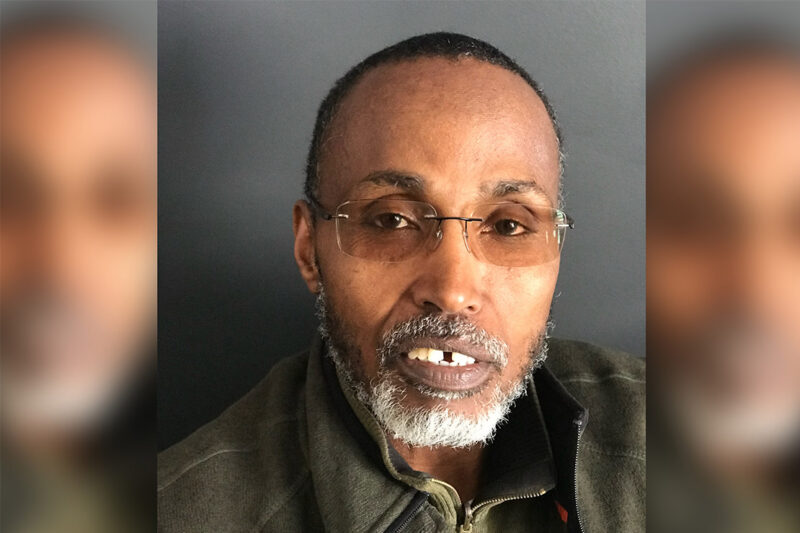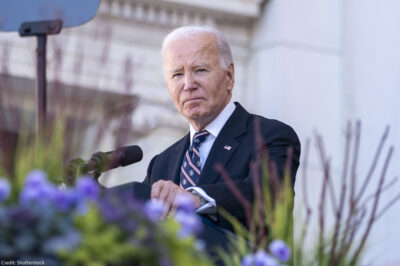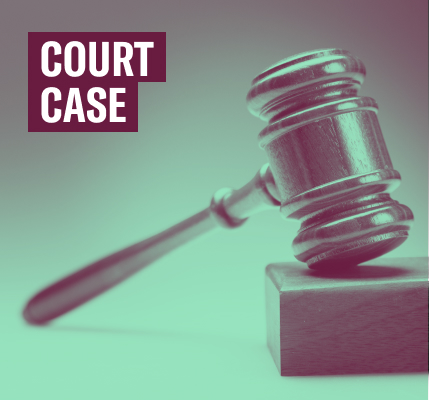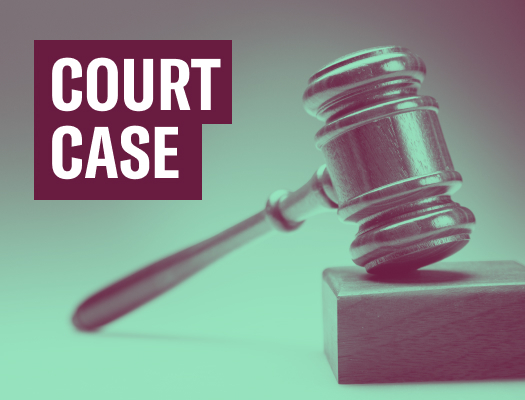We’ve Had Enough Death in 2020. Why Add More?


I was in the middle of reciting Ya Seen, the 36th chapter of the Quran, when the executioner signaled to me that was enough. It was time to kill Orlando Hall. Across a strip of tape dividing us, Orlando received a shot of lethal injection before I could finish the verse’s final, essential line. “So glory be to Him in whose hand is the dominion of everything, and to Him you will be returned.”
Orlando lost consciousness while reciting the Shahada, as I, his spiritual advisor, had instructed him.
The execution of Orlando Hall on Nov. 19 was the first I had ever witnessed. As a business professor at Indiana University, I never thought I’d ever be in that position, nor did I expect to become a spiritual advisor to a man on death row. What struck me in the execution chamber was how surreal it felt. It almost looked like a hospital. Orlando lay on the gurney as if awaiting surgery, with tubes attached to his arm like an IV. A blanket lay over him, concealing the straps that held him down. The facade seemed deliberate. But unlike doctors in an operating room, the executioners — standing just four feet away from me — wore no masks.
The Bureau of Prisons had posted signs throughout the facility advising COVID-19 safety measures such as wearing masks, washing hands, and keeping six feet apart. They had also suspended visitation since March in an effort to curb the spread of the virus. But executions, despite being potential super-spreader events, continue.
Despite being potential super-spreader events, executions continue.
Shortly after the execution, I tested positive for COVID-19. I was not surprised. I knew when I went to Orlando’s execution that I was stepping into a high-risk environment. Prisons are petri dishes for COVID-19, and executions only add to the risk because they draw hundreds of people who travel from across the country, including correctional and Department of Justice staff, family members of the victim and the accused, lawyers, and press. The prison where all federal executions take place, FCC Terre Haute, was already experiencing an outbreak when the Justice Department resumed federal executions last summer, and there was a spike in cases in the surrounding community of Terre Haute, Indiana, after the first executions in July.
The decision of whether to attend an execution isn’t always simple. Some attendees are correctional staff just doing their jobs. Others may feel obligated if they are friends or family members of the victim or the accused. Spiritual advisors like myself attend at the request of the person being executed, to perform rituals and bring comfort as they leave this world. When Orlando asked me to stand at his deathbed at his moment of death, conduct the rites of passage and bring him comfort through our faith, I could not deny him; I could not say no to a man who would soon be killed. The tenants of my faith demanded as much. Helping him was more important than the risk to myself
I certainly never expected to find myself in the position I was in. In Islam we have no clergy, so I don’t hold an official position or title that would justify such a heavy task. I learned about Orlando when a local Unitarian minister reached out to our community’s listserv, in search of somebody to fill the role of spiritual advisor at Orlando’s request. I agreed to meet with him to give some spiritual guidance in his final days. Together we discussed Islamic funeral rites, and I translated verses from the Quran to make sure he understood the words he would recite at the moment of his death. It was information I already knew from years of study. But there was no way to prepare for what I actually experienced on the day of the execution.
I didn’t feel like I was just a witness — I felt like an accomplice. I was one part of an elaborate machine designed to take a life.
On the morning of Nov. 19, hours before his execution, I met with Orlando one last time. The next time I saw him, he was strapped to a gurney. The many hours in between were spent going through the prison’s cumbersome standard processes for executions, most of which did not seem to take the virus into account. First, I was transported to the execution chamber in a packed van, along with Orlando’s family members. We were not even permitted to open the windows. When we reached the death row unit, we were seated in a small waiting area while officers processed us one by one, using body scanners, metal detectors, and hand wands.
Once the security screening was over, they put us back in the van and drove us to another building, where we waited in another small, crowded, windowless room until about 10:30 p.m., when they took me to the execution chamber. There, I was shuffled from room to room by staff, including some who wore their masks below their noses. There were signs throughout the prison that masks were mandatory, but I did not see anyone enforcing this rule.
The execution itself took only a matter of minutes. I stood in the chamber — a tiny 10 by 12-foot space — with Orlando, an official, and two unmasked executioners. A strip of tape on the floor marked the line I could not cross, two feet away from Orlando’s gurney. When it was time, I began to recite the customary verse we had discussed that morning, meant to bring comfort to the dying. But the executioner cut me off. They administered the shot of pentobarbital, and I watched Orlando recite the Shahada and tell his family that he loved them, and that it would be OK, until he lost consciousness.
After Orlando was pronounced dead, I started to pray over his body, as I had been given permission to do, but almost immediately the unmasked executioner interrupted me and told me to stop praying.
It was difficult to grasp the reality of what had just happened. On the gurney just a few feet away from me, a man I had spoken to that morning was suddenly gone. The execution process was so ritualistic and medicalized, full of rules and protocol. And worst of all, I didn’t feel like I was just a witness — I felt like an accomplice. I was one part of an elaborate machine designed to take a life.
That I contracted COVID-19 in the process was collateral damage. I tested positive on Nov. 27, and I am certain that I contracted it during the execution. I closely followed social distancing guidelines in my day to day life. I even drove back and forth from Bloomington to Terre Haute by myself to and from the execution and the funeral home, instead of staying at a hotel or with friends and risking exposure. My only risk of exposure was the day of the execution, when I was shuffled back and forth from packed vans to crowded rooms, and stood in the death chamber only feet away from unmasked executioners. Thankfully, I am mostly asymptomatic so far. Not everybody will be so lucky.
To date, more than 274,000 Americans have died due to COVID-19. There is no reason to put more people in danger just to kill one person. But the government is still scheduling more executions for December and January — during our second wave of the virus. These executions are a sad reminder of how the criminal legal system dehumanizes the people it touches, especially during a pandemic. So many people are dying already. Why add more death?




